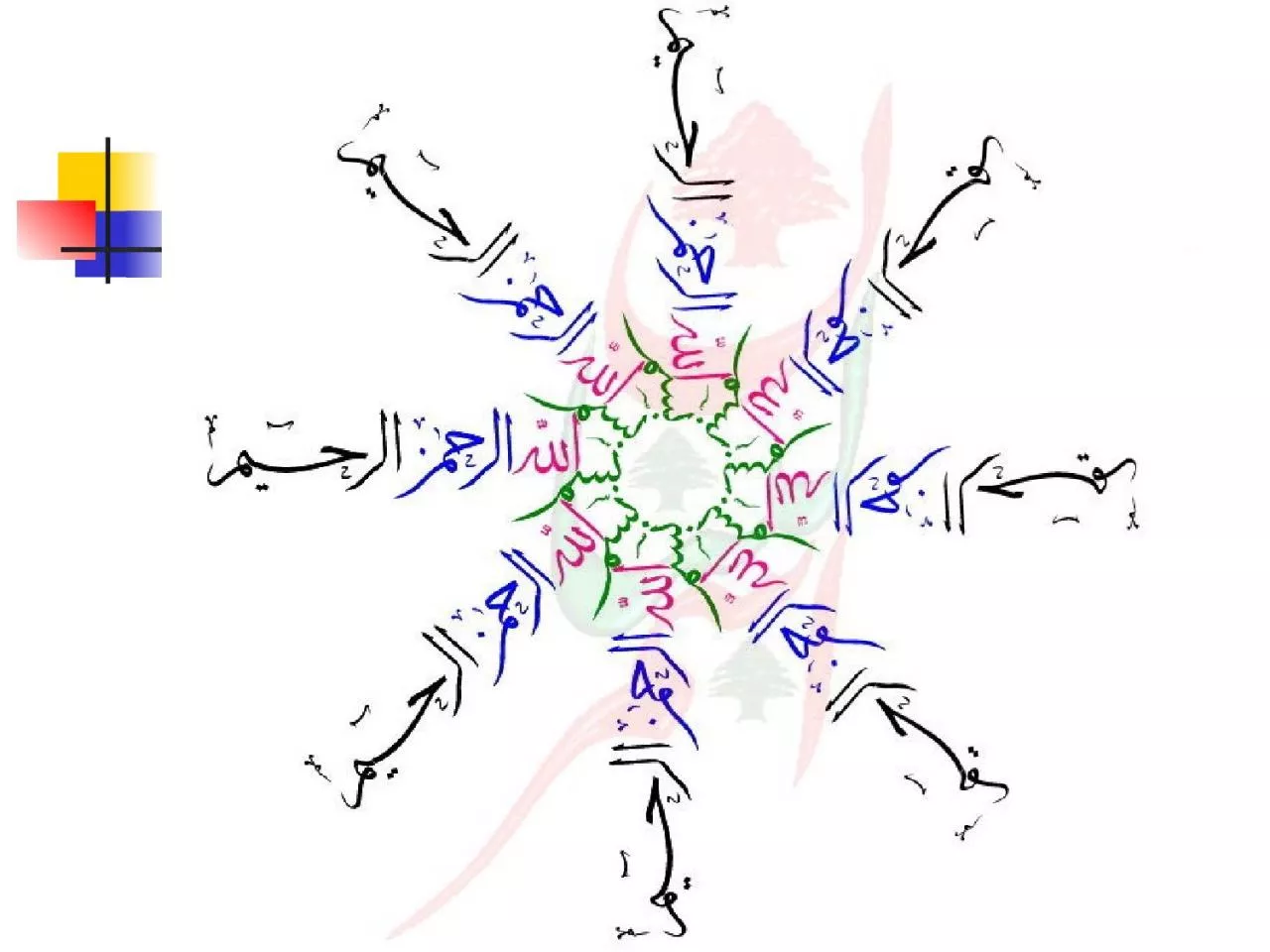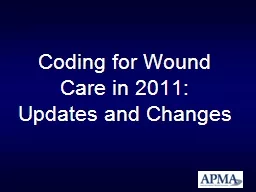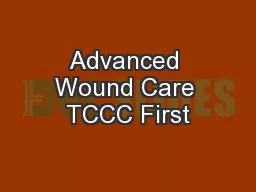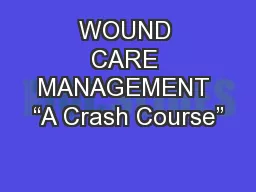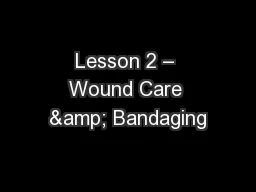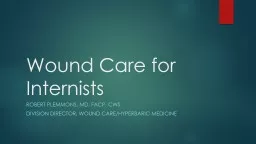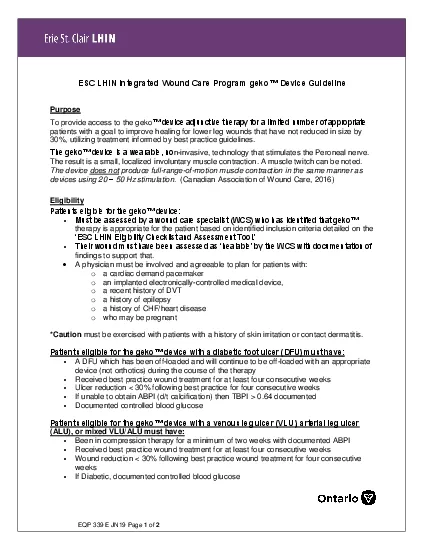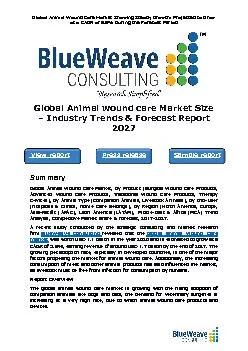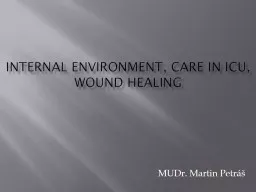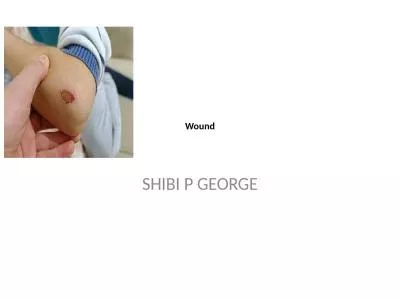PPT-Wound Care Historical Perspective
Author : ImNotABaby | Published Date : 2022-08-01
1867 first antiseptic dressing 1900 true sterilization WW I nonadherent dressings WW II more absorptive dressings 1960 s and 70 s moisture 1980 s moisture acceptance
Presentation Embed Code
Download Presentation
Download Presentation The PPT/PDF document "Wound Care Historical Perspective" is the property of its rightful owner. Permission is granted to download and print the materials on this website for personal, non-commercial use only, and to display it on your personal computer provided you do not modify the materials and that you retain all copyright notices contained in the materials. By downloading content from our website, you accept the terms of this agreement.
Wound Care Historical Perspective: Transcript
Download Rules Of Document
"Wound Care Historical Perspective"The content belongs to its owner. You may download and print it for personal use, without modification, and keep all copyright notices. By downloading, you agree to these terms.
Related Documents

